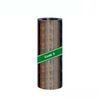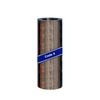Lead flashing is an integral part of virtually any roofing project. So, no roof is complete without it.
Now:
You may have heard that lead flashing is extremely long-lasting, highly durable and capable of withstanding exposure to severe weather.
However, this doesn’t mean it’s altogether maintenance-free.
By this point, you’re probably wondering:
How do you maintain lead flashing?
What can I use to clean lead flashing?
You’ve come to the right place! Cleaning lead flashing is easier than you might think and only involves a few simple steps!
Read on to find out how to clean lead flashing and look after yours.
Table of contents:
- Storing lead flashing prior to installation
- Applying patination oil for lead
- Cleaning lead flashing
- Conclusion
Storing lead flashing prior to installation
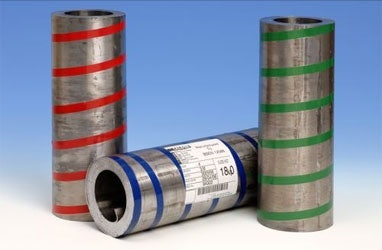
The process of looking after your lead flashing should start even before it’s safely installed on your roof. By storing it carefully in a dry, clean location, you’ll avoid pretty much any nasty surprises later on.
But that’s not all:
It’s a good idea to place your lead on a raised pallet so it doesn’t touch the ground.
In addition, make sure you don’t stack the pallet, as the extra weight might cause some of the lead sheets at the bottom to bend.
Finally, only remove the packaging when you’re about to start cutting and fitting your lead flashing.
What happens if you don’t follow the correct storage procedure?
To begin with, your lead might become discoloured.
Worse still, rusty stains might appear if moisture gets trapped between the sheets, causing oxidation.
While neither of these scenarios means the end of the world – we’ll show you how to deal with such stains later on with the help of a lead flashing cleaner – why go there in the first place if you can help it?
Key takeaway:
Work smart, not hard.
Applying patination oil for lead
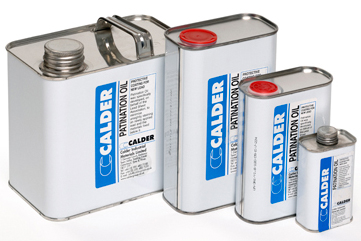
Provided you’ve followed our storage advice and your lead flashing has been installed professionally, it’s time to ensure its exceptional long-term performance.
And the best way to do this is to apply patination oil.
The thing is:
You can forget about pretty much any type of stain on your lead with a simple application of patination oil for lead flashing on a regular basis. Based on white spirit, patination oil is a highly effective surface treatment which prevents the formation of lead carbonate (PbCO3), a powdery substance which creates nasty white stains on the surface of lead.
Here’s the scoop:
Once you’ve bought a fresh batch of patination oil, shake the container well for a couple of minutes before you open it to ensure the contents are fully mixed.
Then, apply patination oil to your lead sheets with a clean, soft cloth. We recommend that you do so in straight horizontal or vertical lines to ensure uniformity. You can do two coats if you wish, but even one should be enough to get the job done.
To keep your lead flashing in good working order and protect it from extensive weather damage, make a habit of applying patination oil for lead once every couple of years or whenever you see any wear and tear.
But what if you see any unusual stains in between?
No need to worry – there are other ways to clean lead flashing and get rid of any sudden damage.
Let’s take a closer look.
Cleaning lead flashing
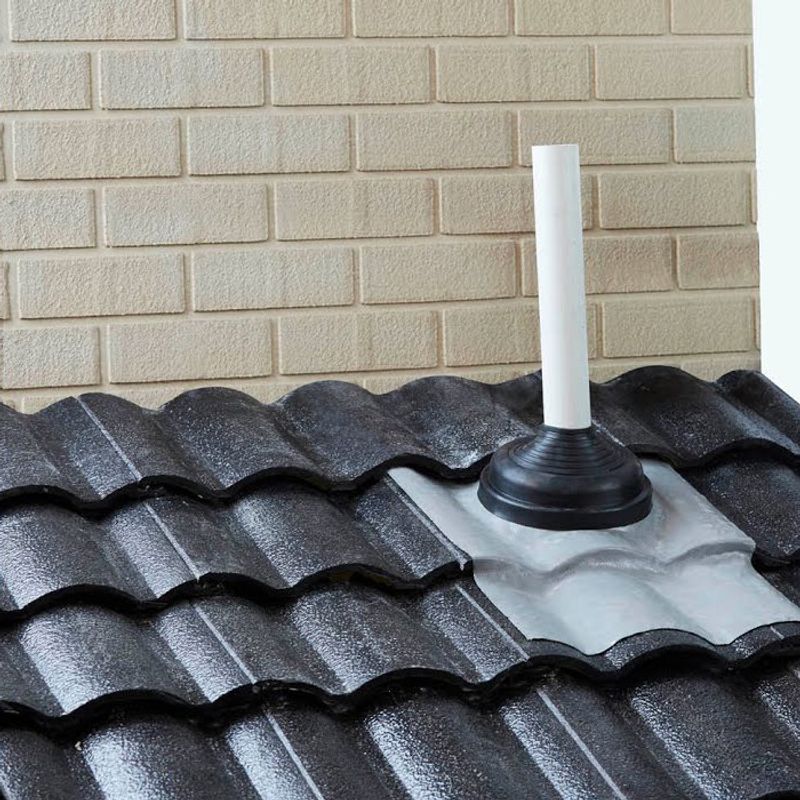
There are several types of lead stains, but they’re easily distinguished by their colour.
Here are the main ones you’re likely to have to deal with:
Light white stains are usually caused by the formation of carbonate. To get rid of them, apply a weak acid solution such as white vinegar and scrub with a thick cloth, a fine wire wool or a nylon brush. When it comes to less intrusive stains, cleaning lead flashing with vinegar is the way to go.
Heavy white stains might form when an acid-curing silicon sealant is applied during installation. Once you’ve removed the sealant, proceed with cleaning the lead flashing with vinegar and fitting the flashing with a non-acid sealant.
If you’ve followed our storage advice, you shouldn’t have to deal with orange, rusty stains. But if something has gone wrong nonetheless, here’s how to clean oxidized lead:
Apply lead cleaner and restorer and scrub off the offending stains with a thick cloth or a nylon brush.
Finally, dripping water from copper fixings above your lead flashing might create bright red stains. To remove these, you’ll have to use a strong detergent.
Now that you’re finished cleaning your lead flashing, simply pat it dry and apply a thick coat of patination oil.
That should do it!
Conclusion
Once you’ve learnt how to clean stained lead flashing, the entire process should be extremely simple and straightforward.
The main thing is keeping an eye on the current state of your flashing.
After all:
Most of us don’t tend to examine our roofs in minute detail every single day.
But if we make a habit of checking on our lead every once in a while, we can easily save ourselves a world of bother.
Bottom line:
Taking on board a few simple maintenance tips can make cleaning lead flashing a whole lot easier.










